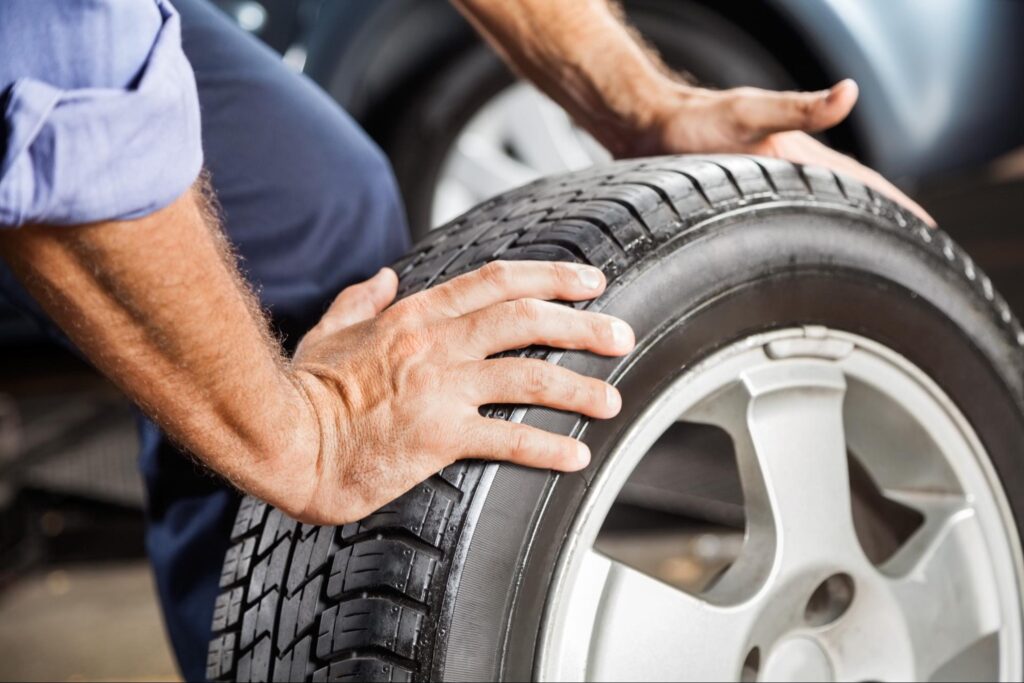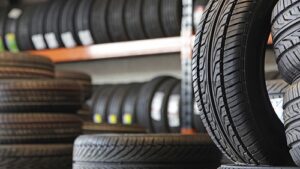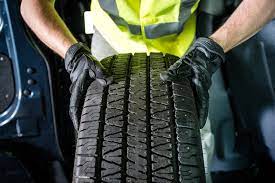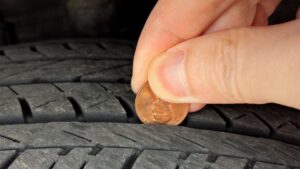By taking some time to understand tire care, the life of your tires can be extended. Although modern tires are engineered to withstand extreme temperatures and pressures, there are common issues that can often lead to premature tire failure.
How aggressively are you driving?
Though this may not apply to industrial vehicles; for automobiles, semi-trailers, and forklifts, the way you drive can protect your tires. Aggressive starts, stops, and hard turns can wear away at your tire’s tread. Avoiding these behaviors can help extend the life of your tires.
Are you checking your tire pressure regularly?
Under inflated tires flex a great deal during rotation, building up heat. This can lead to premature breakdown of the rubber and uneven tread wear.
Over inflation of a tire will result in the center of the tread bulging outward. This can lead to premature center wear.
Be sure to check your tire pressure if there is a significant change in the outdoor temperature. Both high and low temperatures can affect tire pressure. Tires lose air through permeation. On average, a tire will lose one or two pounds of air per month in cool weather, and more during the warmer months. Since manufacturer pressure recommendations are set on cold tires, tire pressure should be checked when cold.
Do you check your tires for cracks, bulges, and chips/gouges?
The more evenly your tires wear, the longer they last. Preventative maintenance, such as rotating tires based on the manufacturer’s recommendations, can help prevent uneven wear.
It is a good idea to regularly check your tires for cracks, bulges, and chips/gouges. Cracks may indicate that the tire rubber is degrading from oxidation. A bulge in the tire’s rubber could mean that the reinforcement belting has broken inside the tire. Chips/gouges in the rubber create areas of weakness that could give out when the tire is placed under pressure.
Taking a few moments to inspect the condition of your tires can make a huge difference in prolonging their lifespan.
When was the last time you checked your tread indicators?
Tread indicators, or wear bars, are located on most tires at intervals between the treads. When the tread is level with the indicator, it is time to replace the tires. These indicators can be helpful in recognizing signs of uneven wear, signaling that the tire may be under or over inflated. Uneven wear could also indicate that that vehicle requires an alignment.
An important note:
Don’t forget to regularly inspect your spare tire! Getting a flat tire and discovering that your spare is also flat could leave you stranded. Always remember to treat your spare as you would your other tires!





